Home>Furniture & Design>Outdoor Furniture>How Often Do You Water Outdoor Ferns
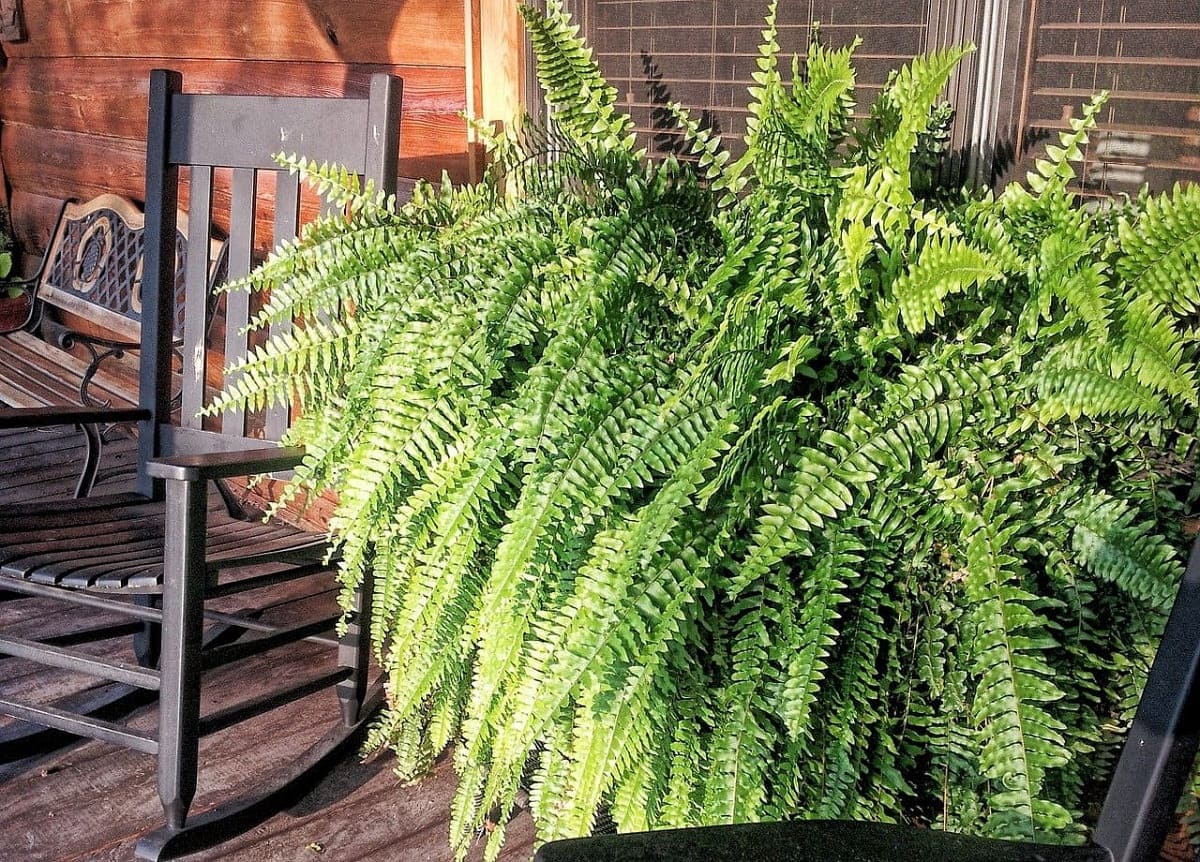

Outdoor Furniture
How Often Do You Water Outdoor Ferns
Published: January 15, 2024
Learn the best watering practices for outdoor ferns to keep your outdoor furniture and design looking lush and vibrant. Discover how often to water and maintain healthy ferns.
(Many of the links in this article redirect to a specific reviewed product. Your purchase of these products through affiliate links helps to generate commission for Storables.com, at no extra cost. Learn more)
Introduction
Outdoor ferns are a delightful addition to any garden or outdoor space, adding a touch of lush greenery and natural elegance. These beautiful plants are known for their feathery fronds and their ability to thrive in shaded, moist environments. However, to ensure that outdoor ferns remain healthy and vibrant, proper watering is essential.
In this article, we will explore the art of watering outdoor ferns, shedding light on the various factors that influence their watering needs, signs of overwatering and underwatering, the optimal watering frequency, and effective watering techniques. By understanding these key aspects, you can cultivate thriving outdoor ferns that contribute to the beauty and tranquility of your outdoor oasis.
Join us as we delve into the fascinating world of outdoor ferns and discover the secrets to keeping these verdant beauties flourishing and radiant.
Key Takeaways:
- Proper watering of outdoor ferns is crucial for their health. Factors like climate, soil type, and sunlight exposure affect watering needs. Signs of overwatering and underwatering should be closely monitored.
- Outdoor ferns require consistent moisture. Water at the base, monitor drainage, and use mulch to maintain optimal moisture levels. Adjust watering frequency based on climate and seasonal changes.
Read more: How Often To Water Outdoor Fern
Factors Affecting Outdoor Fern Watering
Watering outdoor ferns is not a one-size-fits-all endeavor; various factors come into play when determining the watering needs of these delicate plants. Understanding these factors is crucial for maintaining the health and vitality of outdoor ferns.
- Climate: The climate in which the ferns are growing significantly impacts their watering requirements. In hot and arid climates, ferns may require more frequent watering to combat the effects of evaporation and dry air. Conversely, in cooler and more humid climates, the watering frequency may be reduced.
- Season: The seasonal changes also influence the watering needs of outdoor ferns. During the warmer months, when the evaporation rate is higher, ferns may need more frequent watering to prevent the soil from drying out. In contrast, during the cooler months or in periods of dormancy, the watering frequency can be decreased.
- Soil Type: The composition of the soil in which the ferns are planted plays a crucial role in determining their watering requirements. Well-draining soil allows excess water to escape, preventing waterlogged conditions that can be detrimental to ferns. Conversely, soil with poor drainage may necessitate less frequent but deeper watering to avoid water accumulation around the roots.
- Exposure to Sunlight: The amount of sunlight that outdoor ferns receive affects their water needs. Ferns in sunnier locations may require more water due to increased evaporation, while those in shaded areas may retain moisture for longer periods, necessitating less frequent watering.
- Size of the Ferns: The size of the ferns and their root systems also impacts their watering requirements. Larger ferns with extensive root systems may need more water to reach all parts of the root system, while smaller ferns may require less water.
By taking these factors into account, you can tailor your watering practices to meet the specific needs of your outdoor ferns, promoting their overall health and resilience.
Signs of Overwatering and Underwatering
Properly gauging the watering needs of outdoor ferns is essential for their well-being. Both overwatering and underwatering can have detrimental effects on these delicate plants, making it crucial to recognize the signs of each condition.
Signs of Overwatering
Overwatering can lead to a host of issues for outdoor ferns, as excessive moisture can suffocate the roots and create an environment ripe for fungal growth and root rot. Some common signs of overwatering include:
- Yellowing or browning of fronds
- Wilting or drooping, despite the soil being moist
- Foul odor emanating from the soil, indicating rotting roots
- Mold or mildew growth on the soil surface
Signs of Underwatering
Conversely, underwatering can deprive outdoor ferns of vital moisture, leading to wilting, stunted growth, and overall decline. It’s crucial to be mindful of the following signs of underwatering:
- Wilting or drooping fronds, often accompanied by dry, crispy edges
- Yellowing or browning of fronds, starting from the tips and spreading inward
- Soil pulling away from the edges of the pot or becoming extremely dry and hard
- Significantly reduced growth or development of new fronds
By closely observing the condition of your outdoor ferns and recognizing these telltale signs, you can adjust your watering practices to provide the optimal level of moisture, thereby promoting the health and vibrancy of your ferns.
Read more: How Often Do You Water Garden
How Often to Water Outdoor Ferns
Establishing the ideal watering frequency for outdoor ferns is crucial for maintaining their health and vigor. While the specific watering schedule may vary based on environmental factors and individual plant needs, there are general guidelines to consider when determining how often to water outdoor ferns.
During the growing season, which typically spans spring through early fall, outdoor ferns generally require more frequent watering to support their active growth and prevent the soil from drying out. A good rule of thumb is to water outdoor ferns when the top inch of the soil feels slightly dry to the touch. This ensures that the roots receive adequate moisture without being waterlogged.
However, it’s important to assess the moisture levels in the soil regularly, as environmental conditions, such as temperature and humidity, can influence the rate of evaporation and water absorption. In hot and dry climates, or during periods of prolonged sunlight, outdoor ferns may require more frequent watering to compensate for increased moisture loss.
Conversely, in cooler and more humid conditions, the watering frequency may be reduced to prevent waterlogged soil and potential root rot. It’s crucial to strike a balance, providing enough water to keep the soil consistently moist but not waterlogged.
During the dormant or resting period in late fall and winter, outdoor ferns generally require less frequent watering, as their growth slows down. It’s important to adjust the watering frequency accordingly, allowing the soil to partially dry out between waterings to prevent waterlogged conditions that can harm the ferns during their dormant phase.
By observing the moisture levels in the soil, considering the prevailing environmental conditions, and understanding the seasonal growth patterns of outdoor ferns, you can determine the optimal watering frequency to support the health and vitality of these exquisite plants.
Watering Techniques for Outdoor Ferns
Effectively watering outdoor ferns involves more than just providing the right amount of moisture; it also encompasses employing proper techniques to ensure that the plants receive water in a manner that promotes optimal absorption and minimizes the risk of water-related issues. Here are some key watering techniques to enhance the health and vitality of your outdoor ferns:
Watering at the Base
When watering outdoor ferns, it’s advisable to direct the water at the base of the plants, near the soil level, rather than overhead. This approach helps prevent water from accumulating on the fronds, which can lead to issues such as fungal infections and rot. By delivering water directly to the soil, you ensure that the roots receive the moisture they need without exposing the fronds to excessive moisture.
Consistent Moisture
Outdoor ferns thrive when the moisture levels in the soil remain relatively consistent. To achieve this, it’s important to water the plants thoroughly, allowing the water to penetrate the soil and reach the roots. However, it’s equally crucial to avoid waterlogging the soil, as this can lead to root rot and other complications. Striking a balance between thorough watering and allowing the soil to partially dry out between waterings is key to maintaining consistent moisture levels.
Mulching
Applying a layer of organic mulch around the base of outdoor ferns can help retain soil moisture, reduce evaporation, and inhibit weed growth. Mulch acts as a natural insulator, shielding the soil from extreme temperature fluctuations and helping to maintain a more stable moisture level. This can be particularly beneficial during hot, dry periods, as it reduces the frequency of watering while promoting a more hospitable environment for the ferns.
Monitoring Drainage
Ensuring that the soil in which outdoor ferns are planted has adequate drainage is essential for preventing waterlogged conditions. If the soil retains excess water, it can suffocate the roots and create an environment conducive to fungal growth. Regularly inspect the drainage of the soil, and consider using well-draining potting mixes or amending the soil with organic matter to improve its drainage capacity.
By incorporating these watering techniques into your care routine, you can provide outdoor ferns with the moisture they need to thrive while minimizing the risk of water-related issues, ultimately fostering healthy, vibrant ferns in your outdoor space.
Conclusion
Watering outdoor ferns is an art that requires attentiveness, understanding, and a touch of finesse. By considering the various factors that influence fern watering needs, recognizing the signs of overwatering and underwatering, determining the optimal watering frequency, and employing effective watering techniques, you can cultivate flourishing outdoor ferns that enrich your outdoor environment with their lush beauty.
As you embark on your journey of nurturing outdoor ferns, remember to tailor your watering practices to suit the specific needs of your plants, taking into account the climate, season, soil type, sunlight exposure, and the size of the ferns. By doing so, you can create an environment that supports the health and vitality of your ferns, allowing them to thrive and flourish in their natural elegance.
Whether you’re tending to delicate maidenhair ferns, resilient sword ferns, or any other captivating variety, the key lies in striking a balance, providing consistent moisture without waterlogging the soil. Through mindful observation and thoughtful care, you can develop a harmonious watering routine that nurtures your outdoor ferns, fostering their resilience and radiance.
As you immerse yourself in the rewarding experience of tending to outdoor ferns, may the insights shared in this article serve as a guiding light, empowering you to cultivate a verdant sanctuary teeming with the timeless allure of these enchanting plants.
Frequently Asked Questions about How Often Do You Water Outdoor Ferns
Was this page helpful?
At Storables.com, we guarantee accurate and reliable information. Our content, validated by Expert Board Contributors, is crafted following stringent Editorial Policies. We're committed to providing you with well-researched, expert-backed insights for all your informational needs.
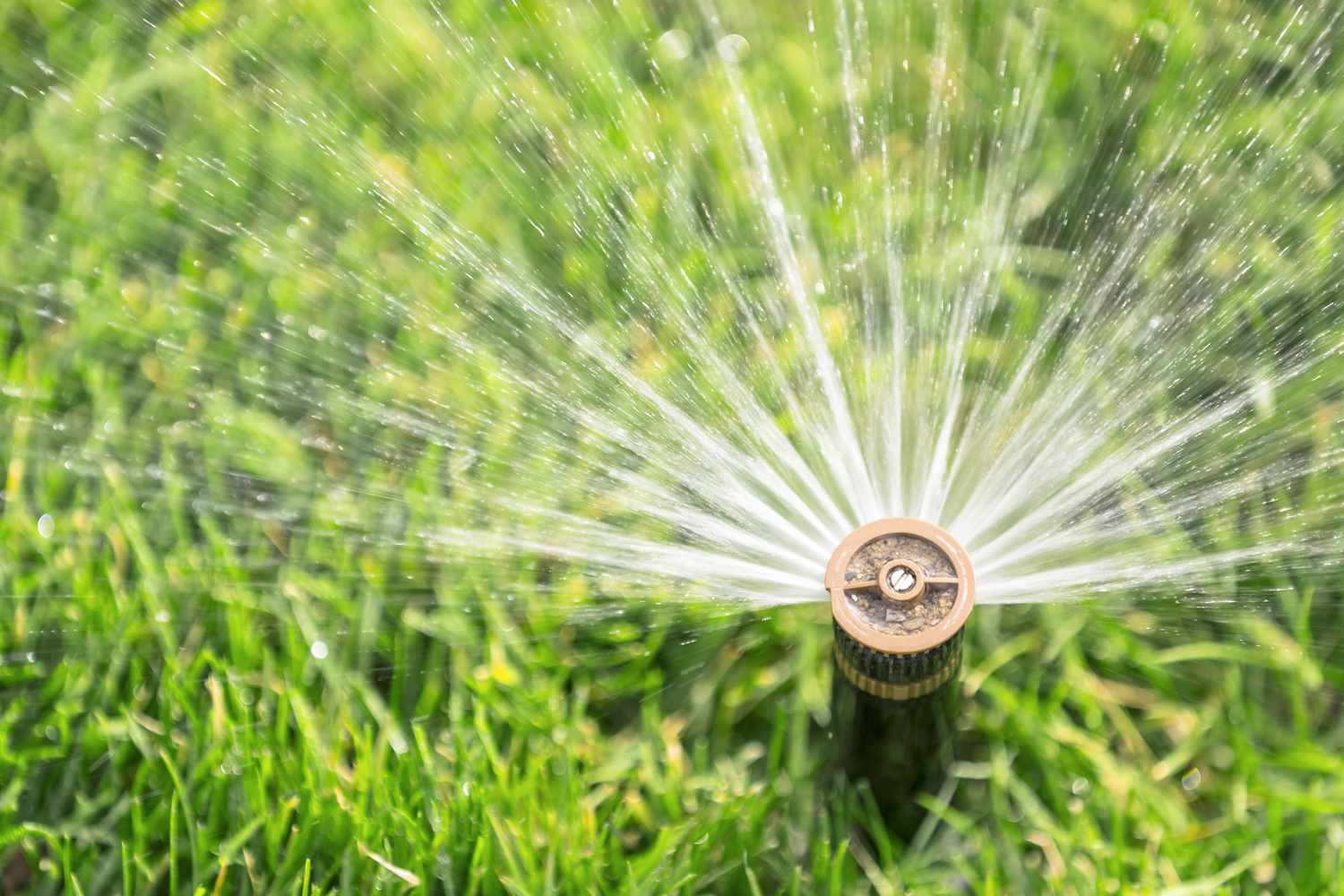

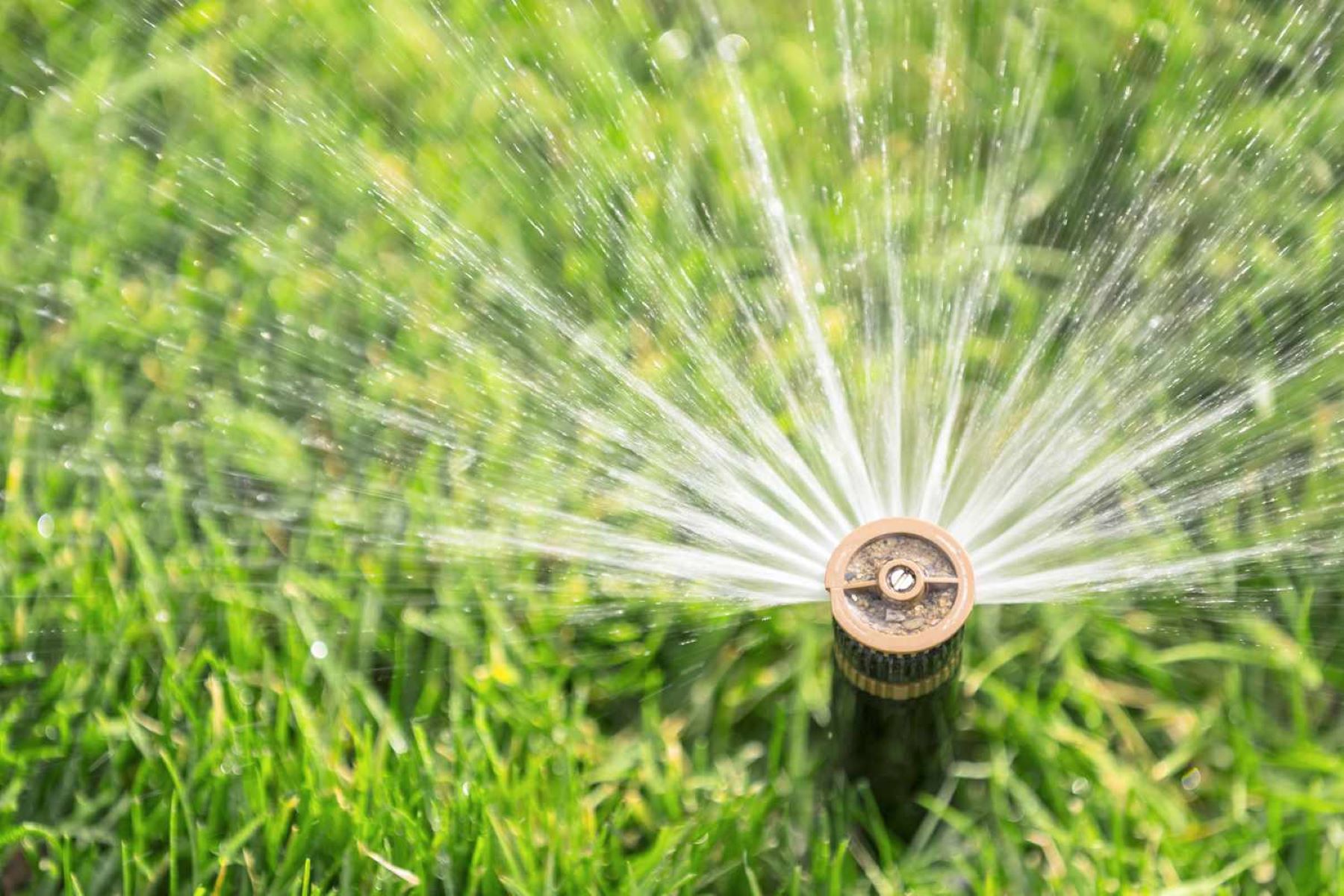
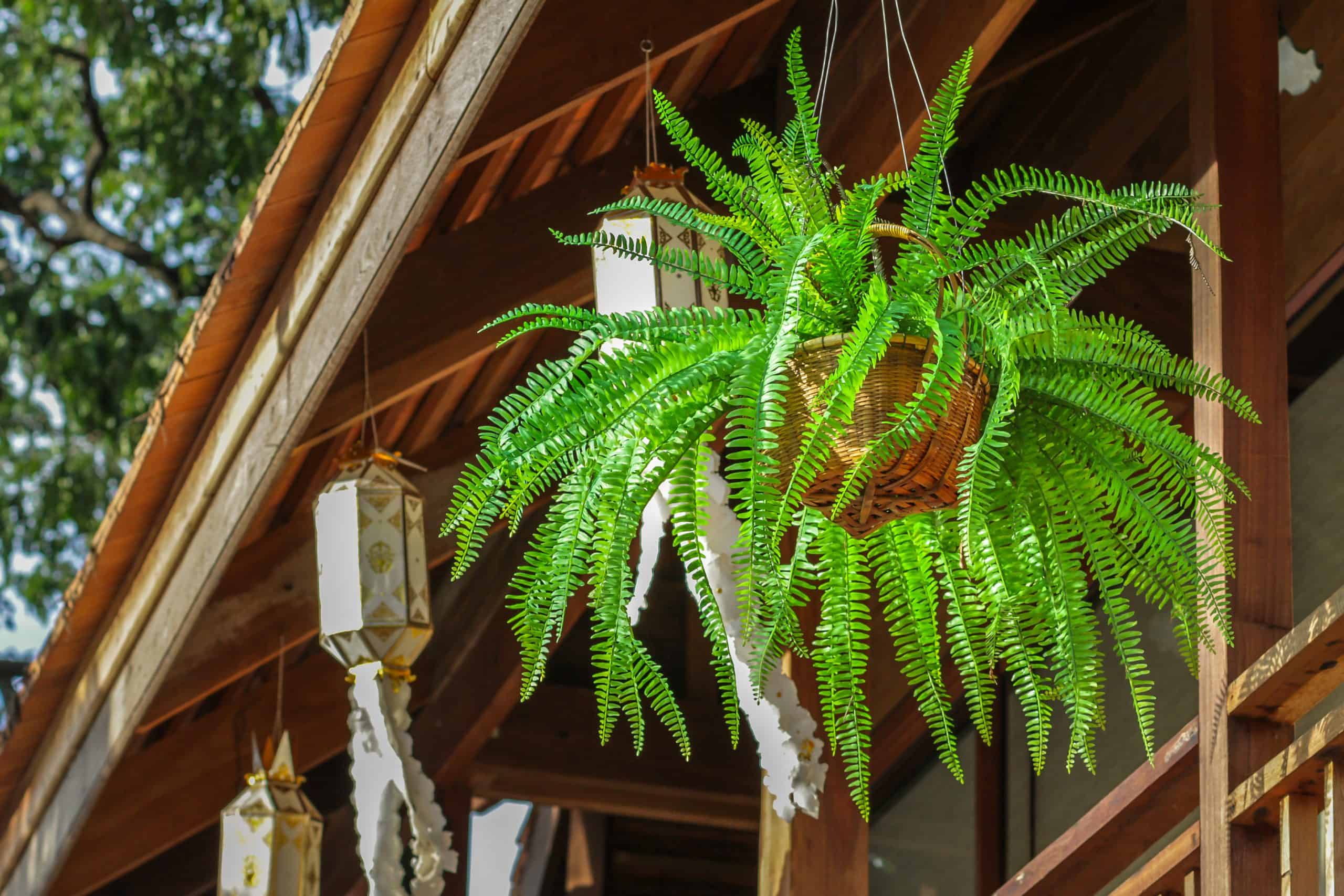
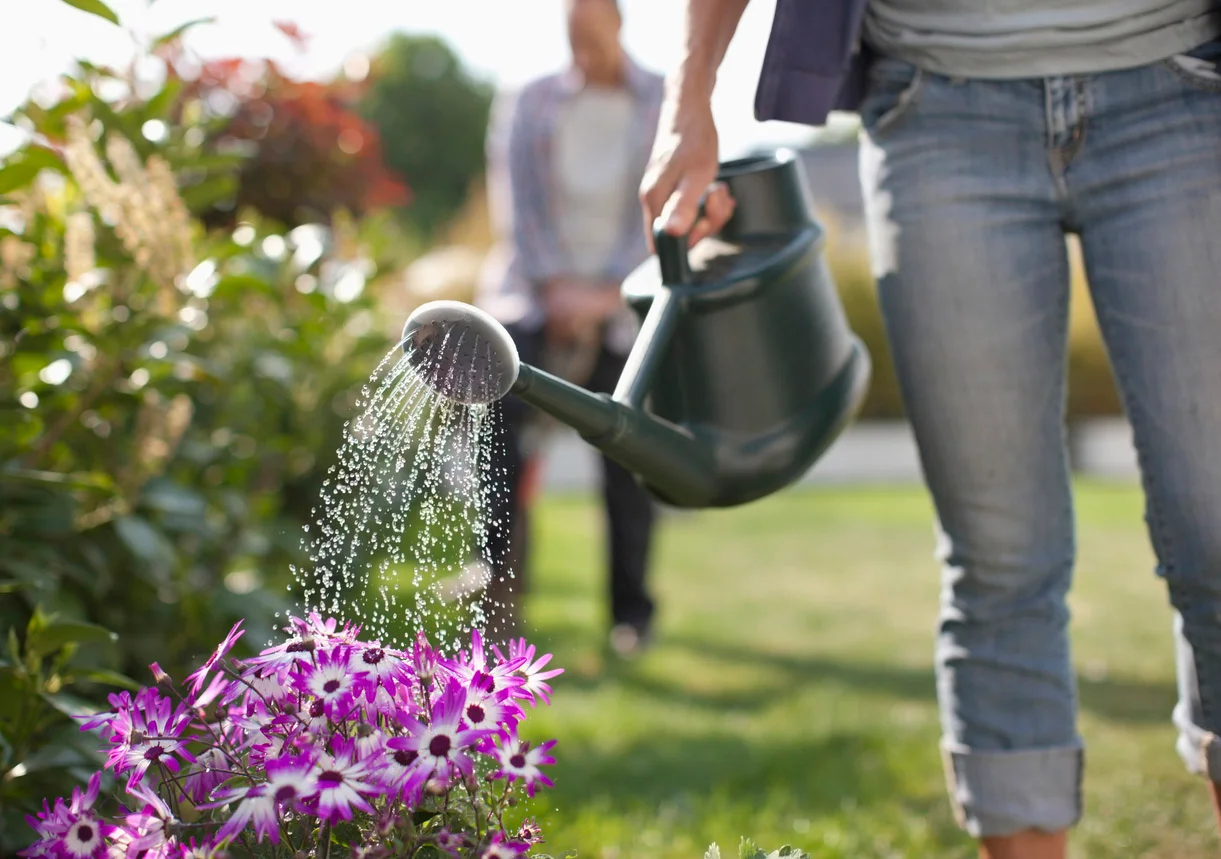
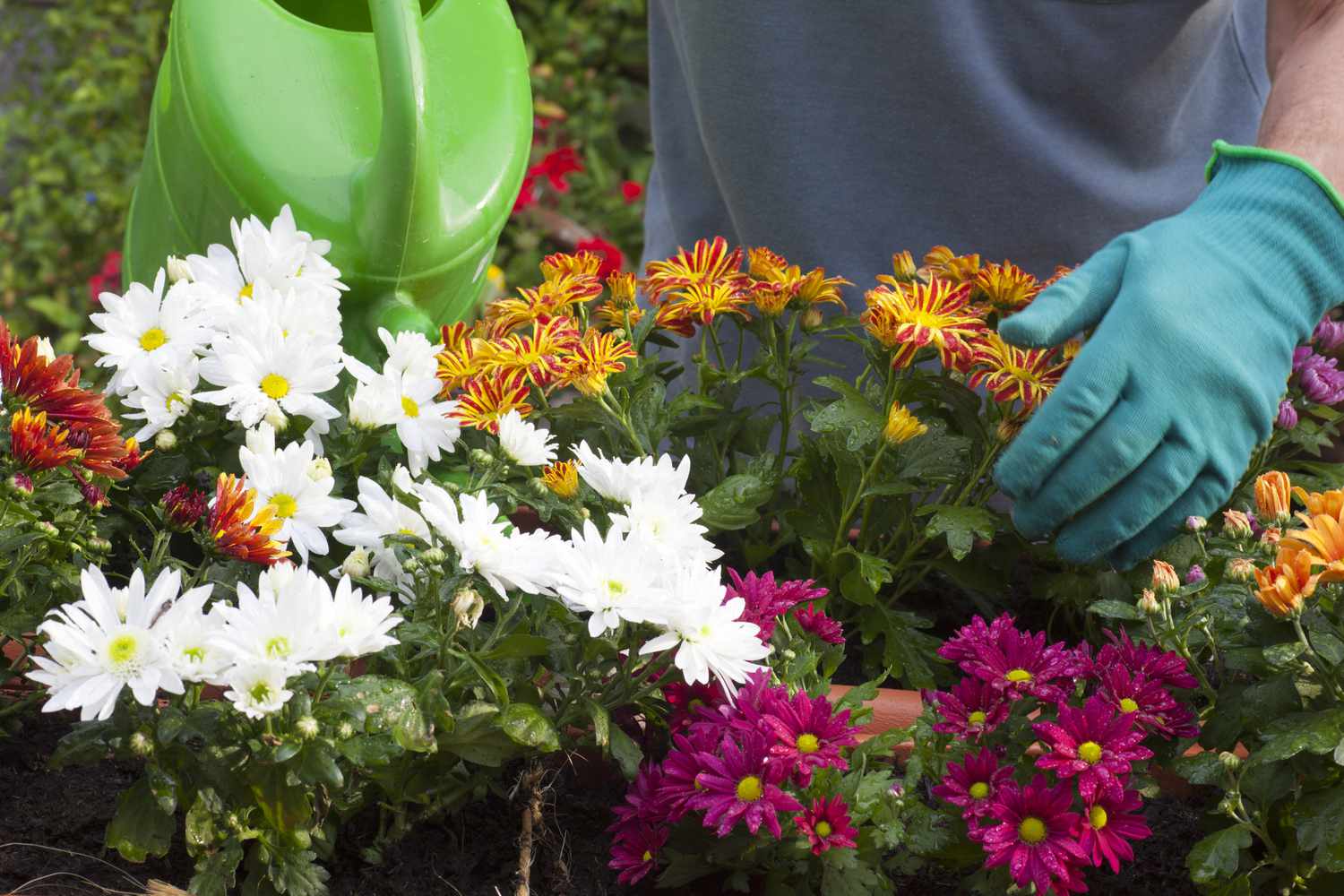

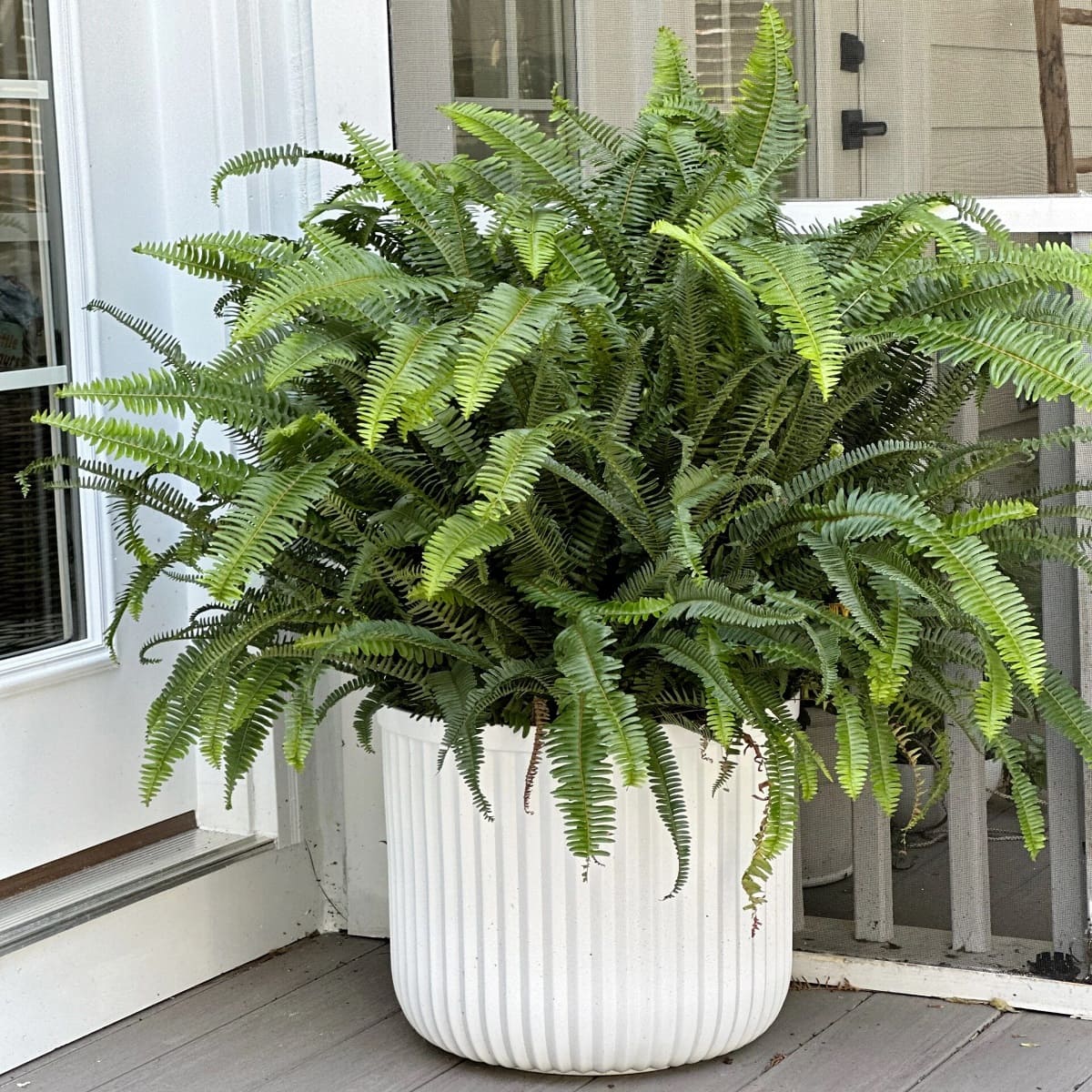

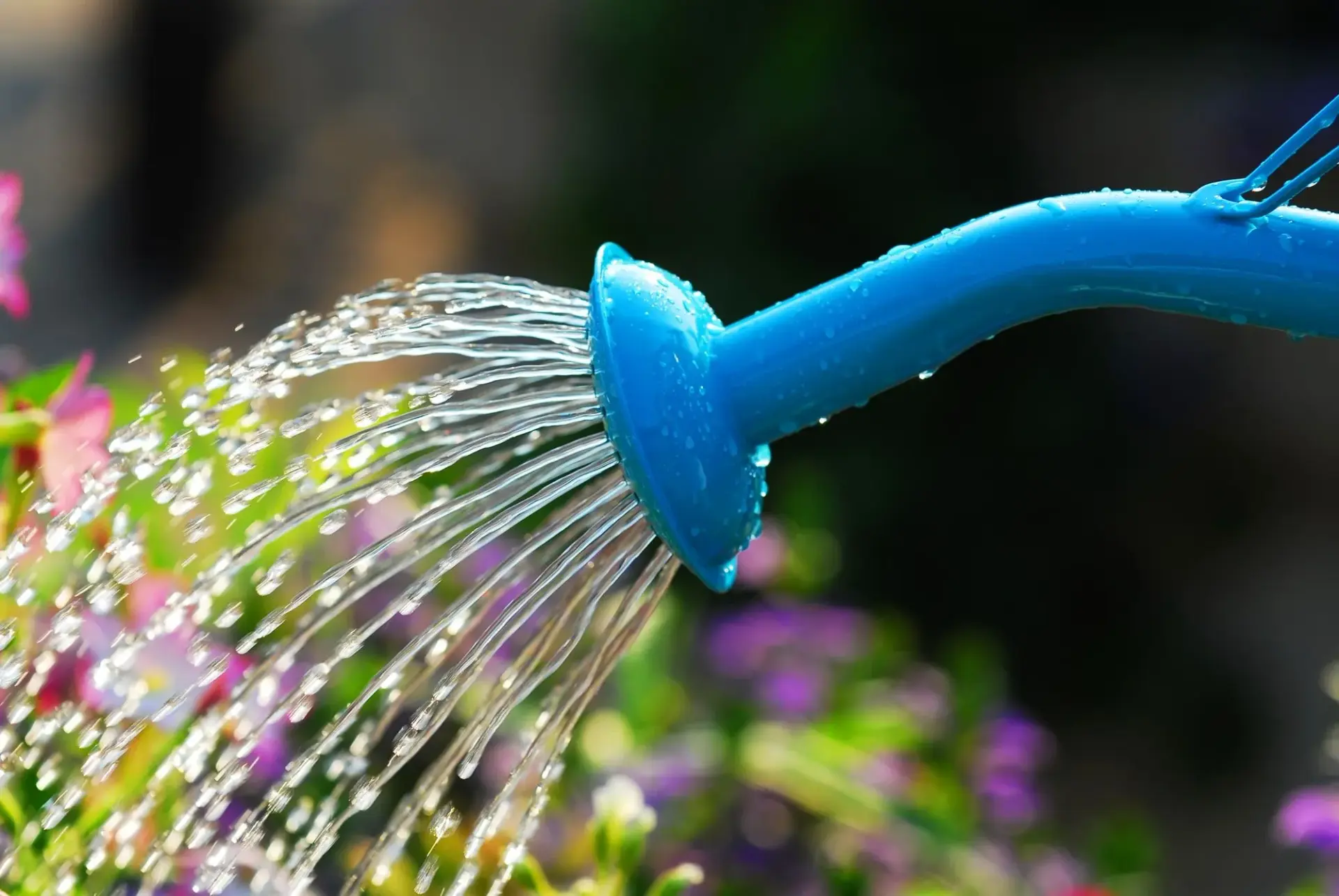
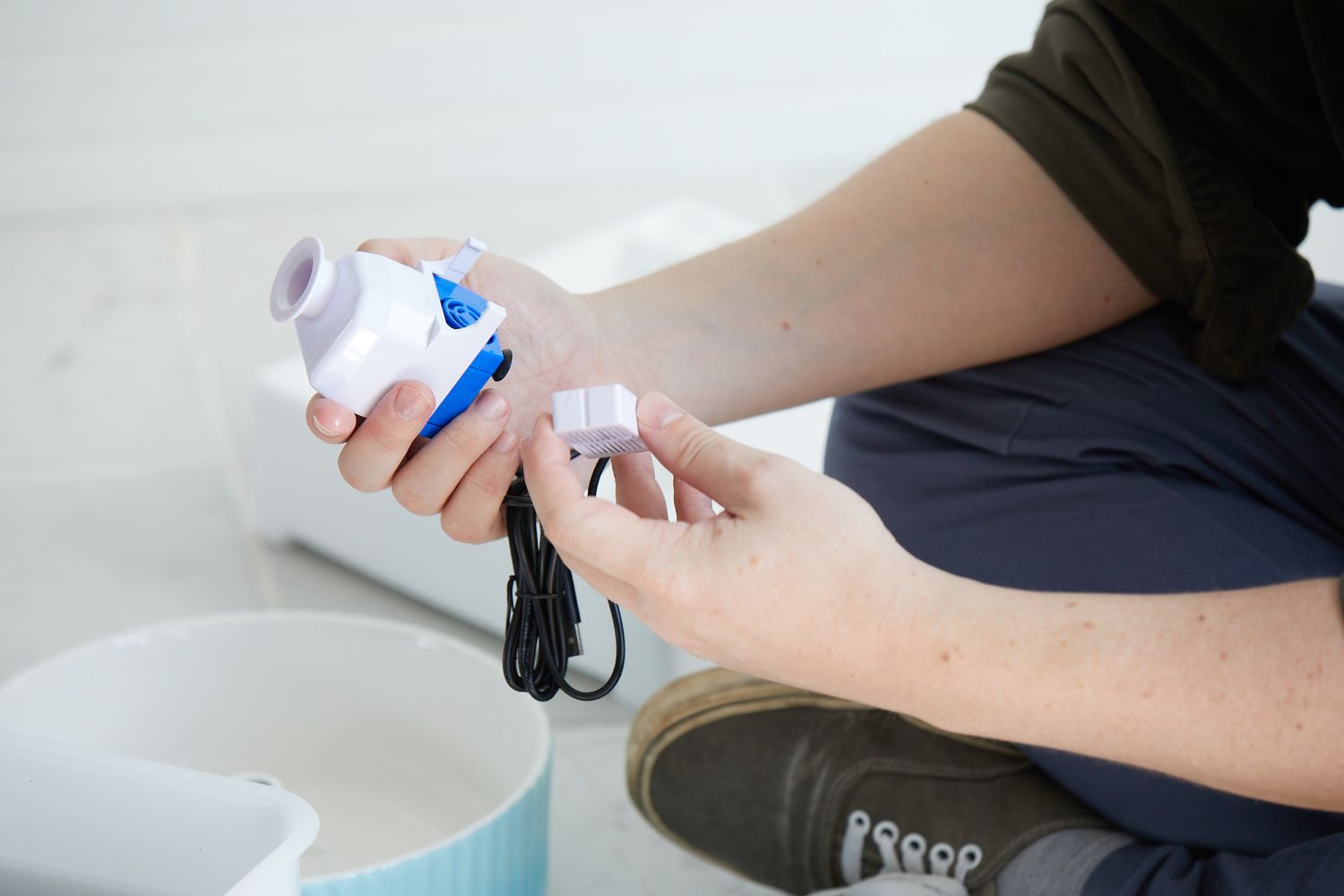

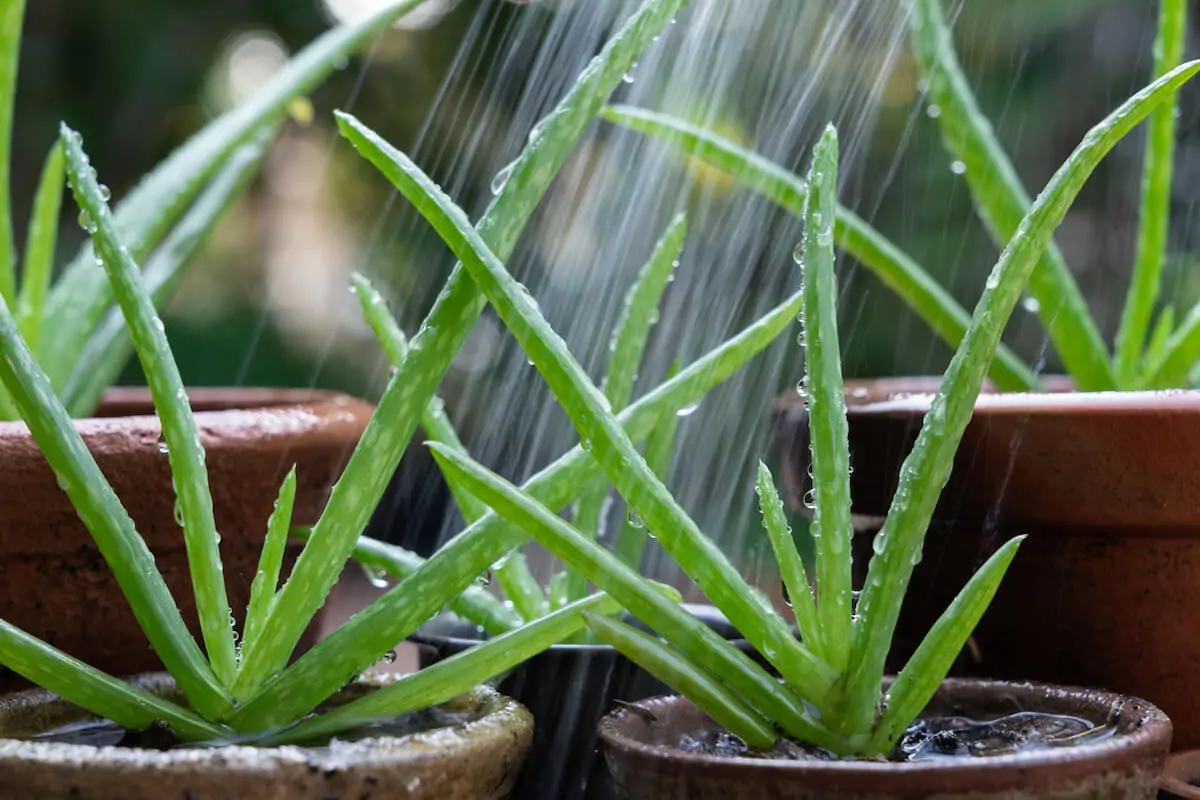

0 thoughts on “How Often Do You Water Outdoor Ferns”